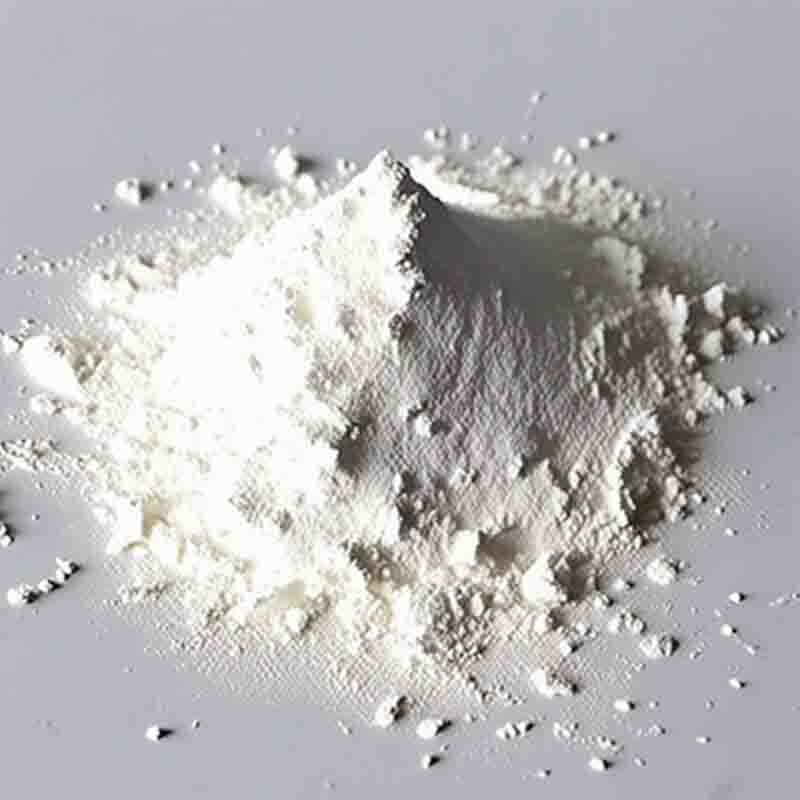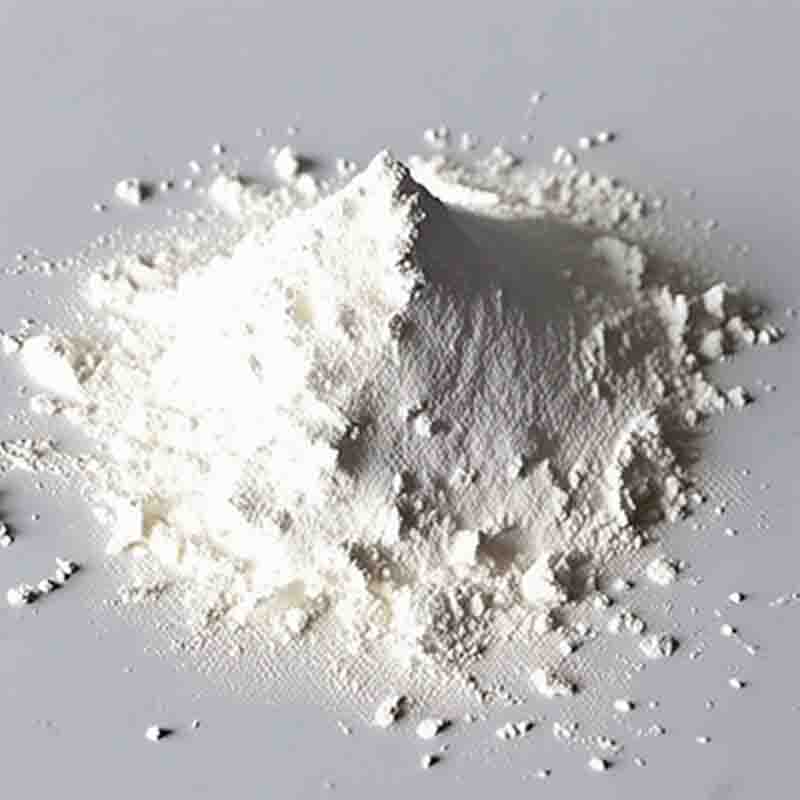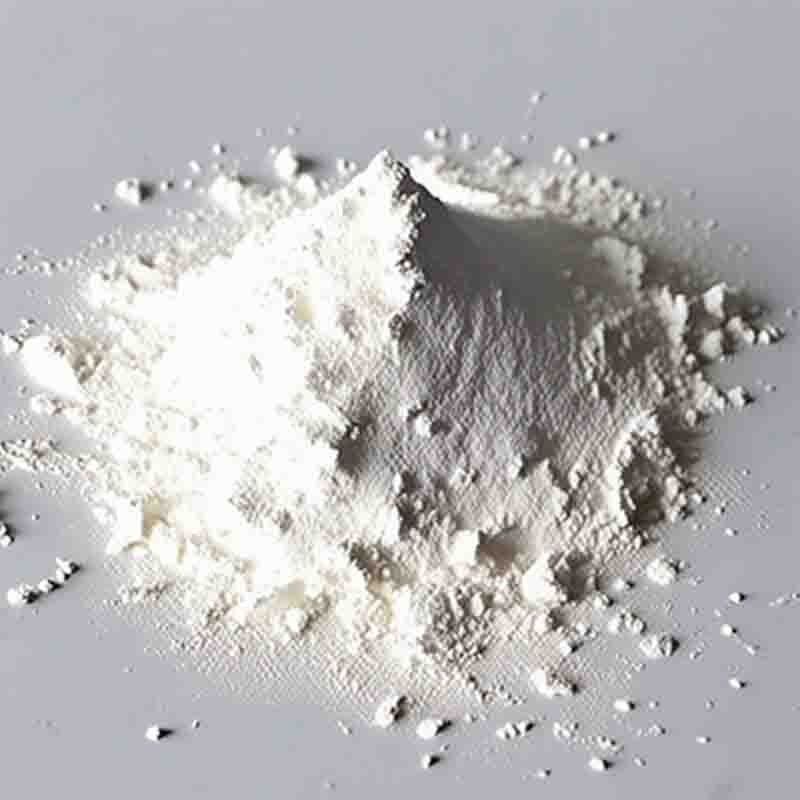N-(6-bromopyridin-2-yl)thiourea CAS: 439578-83-3
| Catalog Number | XD93467 |
| Product Name | N-(6-bromopyridin-2-yl)thiourea |
| CAS | 439578-83-3 |
| Molecular Formula | C6H6BrN3S |
| Molecular Weight | 232.1 |
| Storage Details | Ambient |
Product Specification
| Appearance | White powder |
| Assay | 99% min |
N-(6-bromopyridin-2-yl)thiourea is a chemical compound with a specific structure that makes it useful in various applications, particularly in organic synthesis and medicinal chemistry. It consists of a pyridine ring substituted with a bromine atom and a thiourea functional group.One of the primary uses of N-(6-bromopyridin-2-yl)thiourea is as a versatile building block in the synthesis of complex organic molecules. The presence of the bromine atom and thiourea moiety allows for selective reactions and subsequent modifications. The bromine atom, for instance, can undergo various substitution reactions to introduce different functional groups and create diverse chemical compounds. Additionally, the thiourea functional group can participate in key reactions such as condensation, nucleophilic addition, or coordination with metal ions, enabling the creation of new compounds with specific properties.Furthermore, the unique structure of N-(6-bromopyridin-2-yl)thiourea opens up possibilities for its application in medicinal chemistry. The presence of the bromine atom can enhance the lipophilicity and binding affinity of the compound to target proteins, receptors, or enzymes. This property can make it a valuable starting material for the synthesis of potential drug candidates. Furthermore, the thiourea functional group can exhibit various biological activities, such as antioxidant, antitumor, or antimicrobial properties. These properties can be exploited to design novel therapeutic agents or probe the biological mechanisms of diseases.N-(6-bromopyridin-2-yl)thiourea can also find use as a ligand in coordination chemistry. The thiourea moiety acts as a chelating agent, meaning it can bind to metal ions and form stable complexes. These complexes can exhibit unique optical, magnetic, or catalytic properties, and therefore, they find application in fields like material science, catalysis, and sensor technology.Moreover, researchers may further explore the use of N-(6-bromopyridin-2-yl)thiourea in other areas of chemical research, including agrochemicals and materials science. Its diverse reactivity and potential for functional group modifications make it a valuable precursor to developing new compounds that could have applications in these fields.Overall, N-(6-bromopyridin-2-yl)thiourea is a versatile compound with various potential uses in organic synthesis, medicinal chemistry, and coordination chemistry. Ongoing research and exploration of its properties will likely uncover additional applications and contribute to the development of novel compounds with desirable properties and activities.







![METHANONE, 1,1′-(1,4-PHENYLENE)BIS[1-(4-FLUOROPHENYL)-] CAS: 68418-51-9](https://cdn.globalso.com/xdbiochems/白色粉末1012.jpg)
![(2R)-4-BENZYL-2-{(1R)-1-[3,5-BIS(TRIFLUOROMETHYL)PHENYL]ETHOXY}MORPHOLIN-3-ONE CAS: 287930-75-0](https://cdn.globalso.com/xdbiochems/白色粉末1237.jpg)
